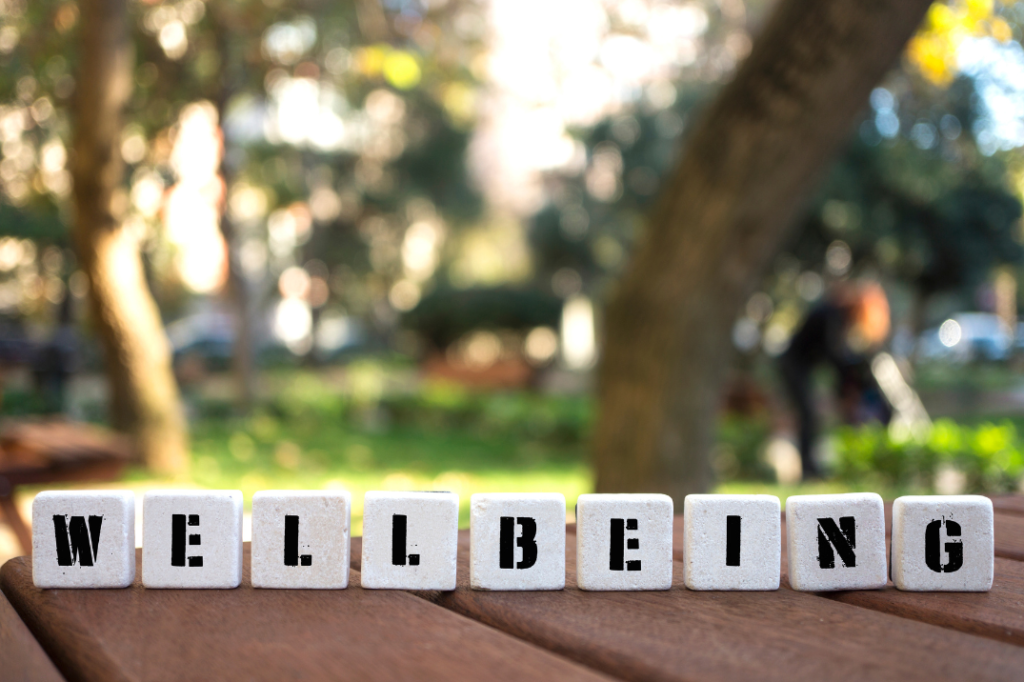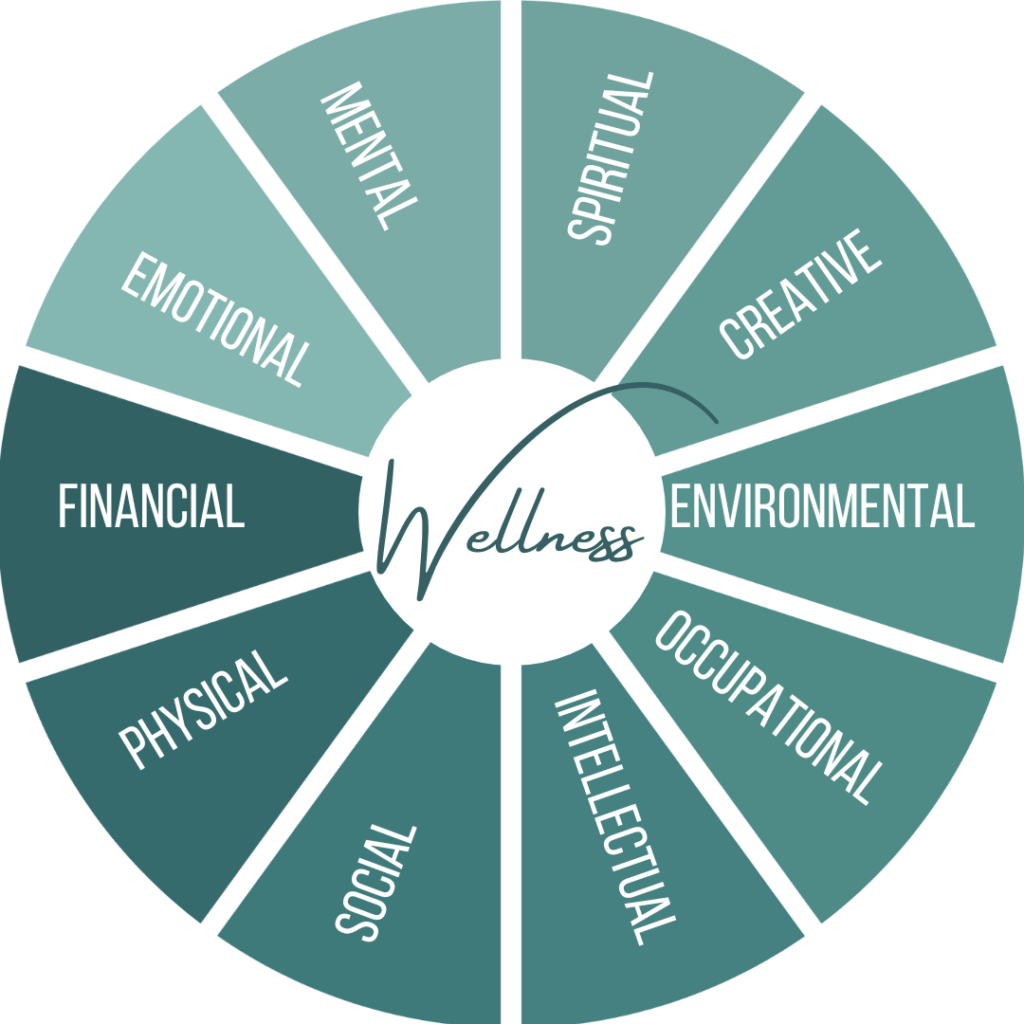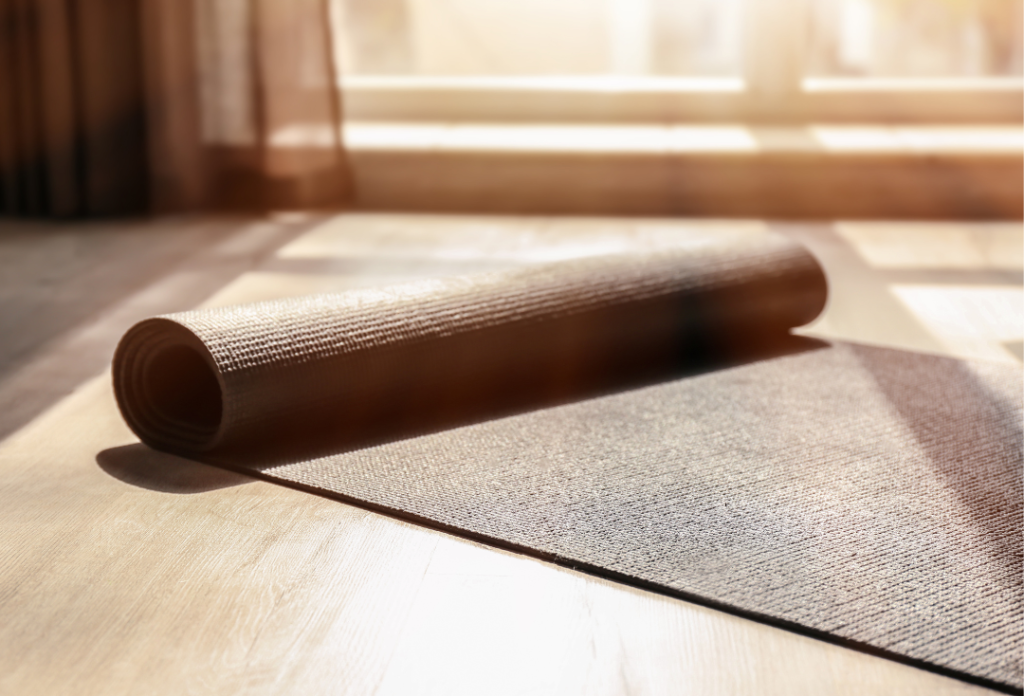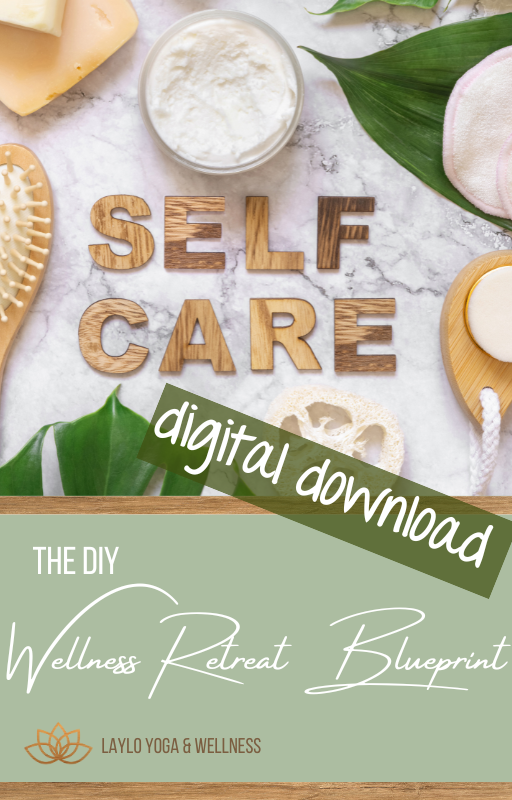
The holidays bring together friends, family, and traditions, but they also come with their own set of challenges: jam-packed schedules, indulgent meals, late nights, and heightened emotions. Holiday survival seems doomed!
For busy professionals who prioritize wellness, this season can feel like a constant tug-of-war between celebrating and maintaining healthy habits.
The good news? It’s possible to enjoy the holiday magic and stay on track with your wellness goals. This guide breaks down six of the most common holiday challenges and provides actionable strategies to help you navigate them with ease and grace.
1. Mindful Eating: Savor the Season Without Overindulging
Food is central to holiday celebrations, but it’s easy to fall into the trap of overindulgence.
Research shows that the average person consumes about 4,500 calories on Thanksgiving Day alone, and overindulging at multiple gatherings can leave you feeling sluggish and bloated.

To navigate holiday meals mindfully:
- Pause before eating: Take a moment to breathe and assess your hunger level. Are you truly hungry, or are you eating out of habit, stress, or excitement?
- Use the “three-bite rule”: If there’s a rich dessert or dish you love, savor three small bites. You’ll satisfy your craving without going overboard.
- Balance your plate: Fill half with vegetables or salads, one-quarter with protein, and one-quarter with indulgent holiday favorites.
When you practice mindful eating, you can enjoy every flavor of the season while maintaining balance.
2. Stress Management: Simple Wellness Routines for Busy Schedules
Holiday survival can be overwhelming. According to the American Psychological Association, 69% of people feel stressed by lack of time, 51% by pressure to give or get gifts, and 69% by financial concerns. Stress not only affects your mood but also your physical health, weakening your immune system and increasing fatigue.
Try these stress-busting strategies:
- Practice mini-mindfulness breaks: Close your eyes for 2–5 minutes, focus on your breath, and let go of tension in your body. Apps like Calm or Insight Timer can guide you.
- Set boundaries: Don’t be afraid to say no to events or activities that stretch you too thin. Prioritize quality over quantity.
- Plan ahead: Create a holiday schedule to map out key commitments, leaving room for downtime and flexibility.
By managing your stress levels, you’ll feel more grounded and capable of fully enjoying the season.
3. Staying Active: Fun and Festive Fitness Ideas
When your calendar fills up, workouts are often the first thing to go. However, skipping movement for weeks at a time can lead to reduced energy, lower mood, and even holiday weight gain. Yet, staying active doesn’t mean you have to hit the gym every day.
Incorporate fitness into holiday fun:
- Go for winter walks: Bundle up and explore your neighborhood’s holiday decorations. Walking for just 30 minutes a day improves cardiovascular health and reduces stress.
- Try quick home workouts: If you’re short on time, do a 15-minute yoga flow or a high-intensity interval training (HIIT) session to get your heart rate up.
- Host active traditions: Organize family-friendly activities like ice skating, sledding, or even a holiday-themed scavenger hunt.

Regular movement not only keeps you physically healthy but also boosts endorphins, helping you stay in a festive mood.
4. Holiday Self-Care: Prioritize Yourself Amid the Chaos
Self-care often takes a backseat during the holidays. In fact, 60% of people report neglecting their well-being due to holiday demands. But caring for yourself is essential for maintaining energy, focus, and joy.
Here’s how to make self-care non-negotiable:
- Schedule it like an appointment: Block out time for yourself, whether it’s 20 minutes of reading, a yoga class, or a relaxing bath. Treat this time as sacred.
- Learn to delegate: If you’re hosting, ask guests to bring dishes or help with cleanup. Sharing responsibilities prevents burnout.
- Practice gratitude: Start or end your day by writing down three things you’re grateful for. Gratitude shifts your focus to the positive and improves emotional well-being.
By carving out moments of self-care, you’ll show up as your best self for others.
5. Sleep Smarter: Protect Your Rest During Holiday Festivities
Late nights at parties, long travel days, and early wake-ups to prep for celebrations can wreak havoc on your sleep.
Yet, getting enough rest is critical for mental clarity, immune function, and overall energy. According to the CDC, 35% of adults report getting less than seven hours of sleep per night during the holidays.

Keep your sleep on track with these strategies:
- Limit caffeine and alcohol: Both can disrupt your sleep cycle, especially when consumed in the evening. Switch to herbal tea or water after dinner.
- Stick to a routine: Aim to go to bed and wake up at the same time, even on weekends or holidays. This keeps your circadian rhythm stable.
- Create a calming bedtime ritual: Wind down with activities like journaling, stretching, or listening to soothing music. Avoid screens at least 30 minutes before bed.
Protecting your sleep ensures you wake up refreshed and ready to tackle holiday activities. Your holiday survival depends on it!
6. Navigating Emotional Wellness at Family Gatherings
Family gatherings can be a source of joy—but also tension. A survey by the National Alliance on Mental Illness found that 64% of people feel emotionally strained during the holidays, often due to unresolved conflicts or unmet expectations.
Safeguard your emotional well-being with these tips:
- Set realistic expectations: No family gathering is perfect. Focus on meaningful connections rather than aiming for an idealized version of the holidays.
- Take breaks when needed: Step outside for fresh air, take a walk, or excuse yourself for a few moments to reset.
- Practice compassion: Recognize that everyone is doing their best. Respond with kindness, even when emotions run high.
When you approach family events with mindfulness and empathy, you can create a more peaceful experience for yourself and others.
Stay Well, Stay Joyful
The holidays don’t have to derail your wellness journey. By staying mindful of what your body and mind need, you can navigate the season with balance, resilience, and joy. Remember, wellness isn’t about perfection—it’s about making intentional choices that support your well-being.

This holiday season, celebrate in a way that nourishes your body, mind, and spirit.
With these strategies, you’ll step into the New Year feeling refreshed and empowered.
What’s your biggest holiday survival challenge? Share your thoughts and tips in the comments below!

Isn’t it time to leave burnout behind and lead a life that makes YOU a priority? Consider rebooting your mind and body with one of our wellness retreats! Designed specifically to immerse you in an environment that takes you out of your daily grind, you will be able to focus on crafting your life in a way that honors your family and career while carving out time to pursue interests that excite you so you can feel balanced, fulfilled, and calm. Get on the info list so you know what is happening, when, and where!
P.S. Let’s get to know each other better!! Follow us on Instagram, Facebook, YouTube, LinkedIn, and Pinterest, and join the LAYLO Shala to get the latest news and insider goodies 😍



















